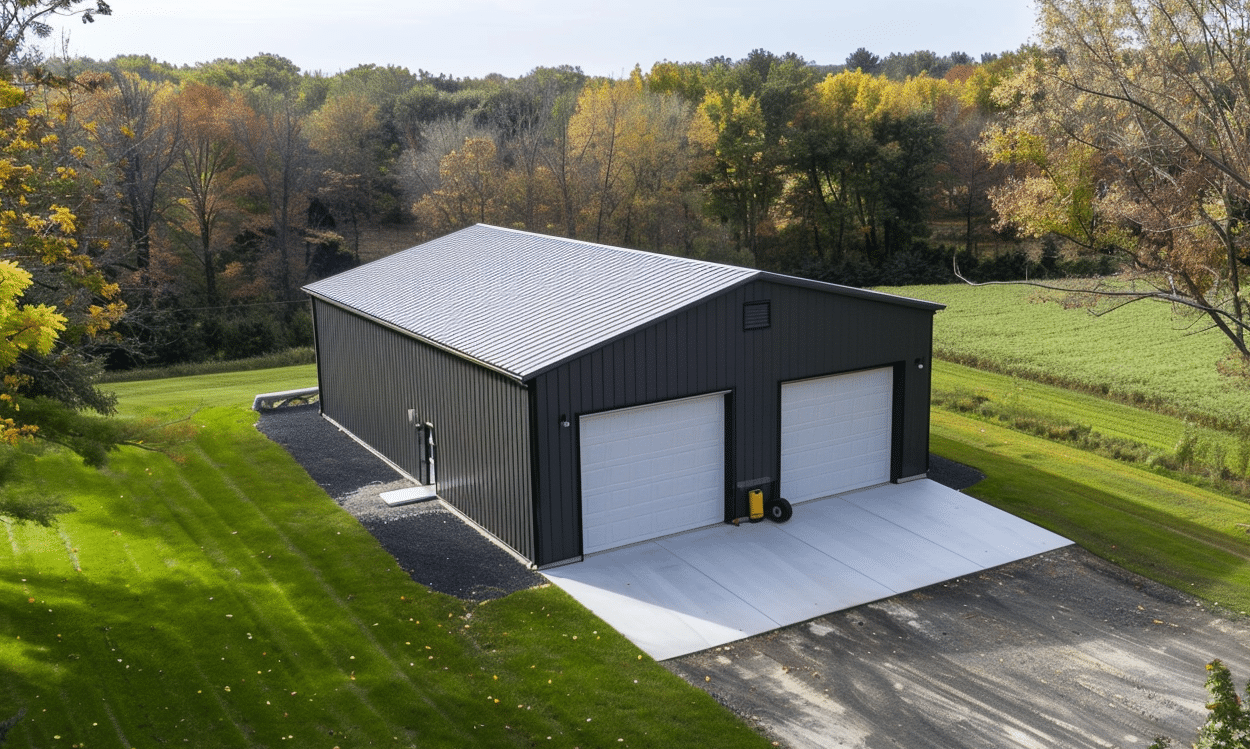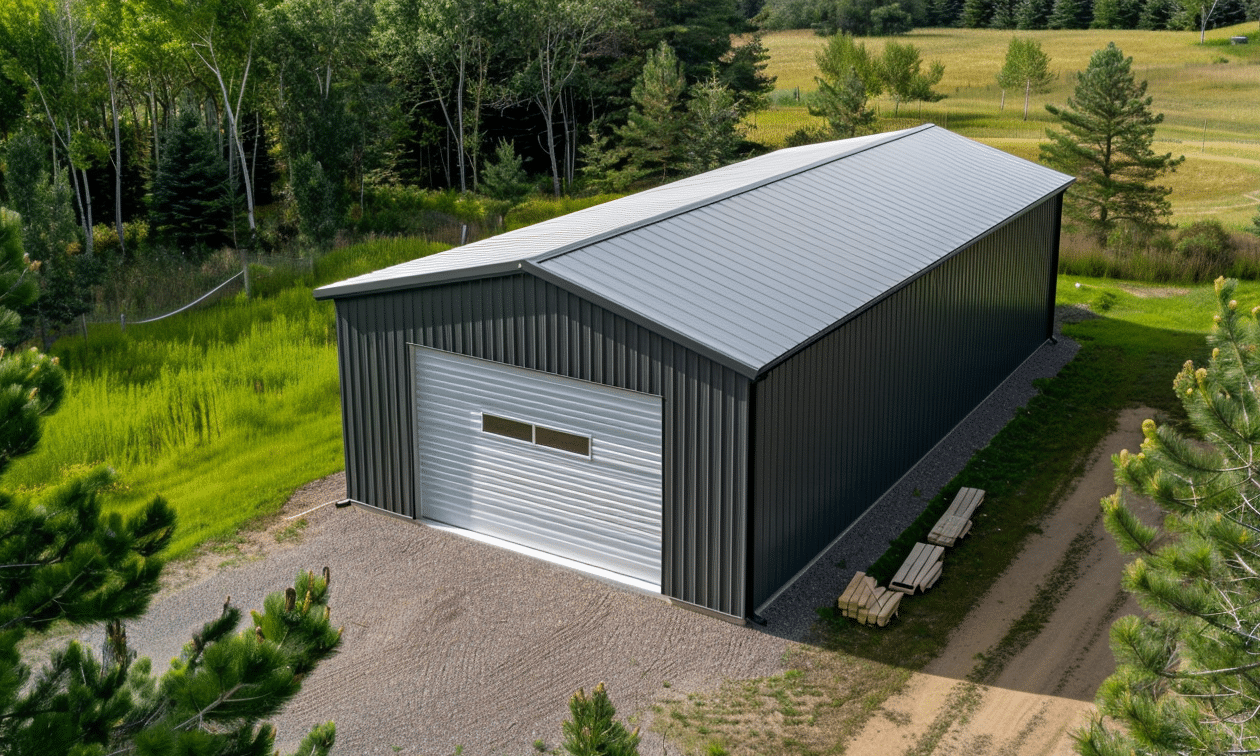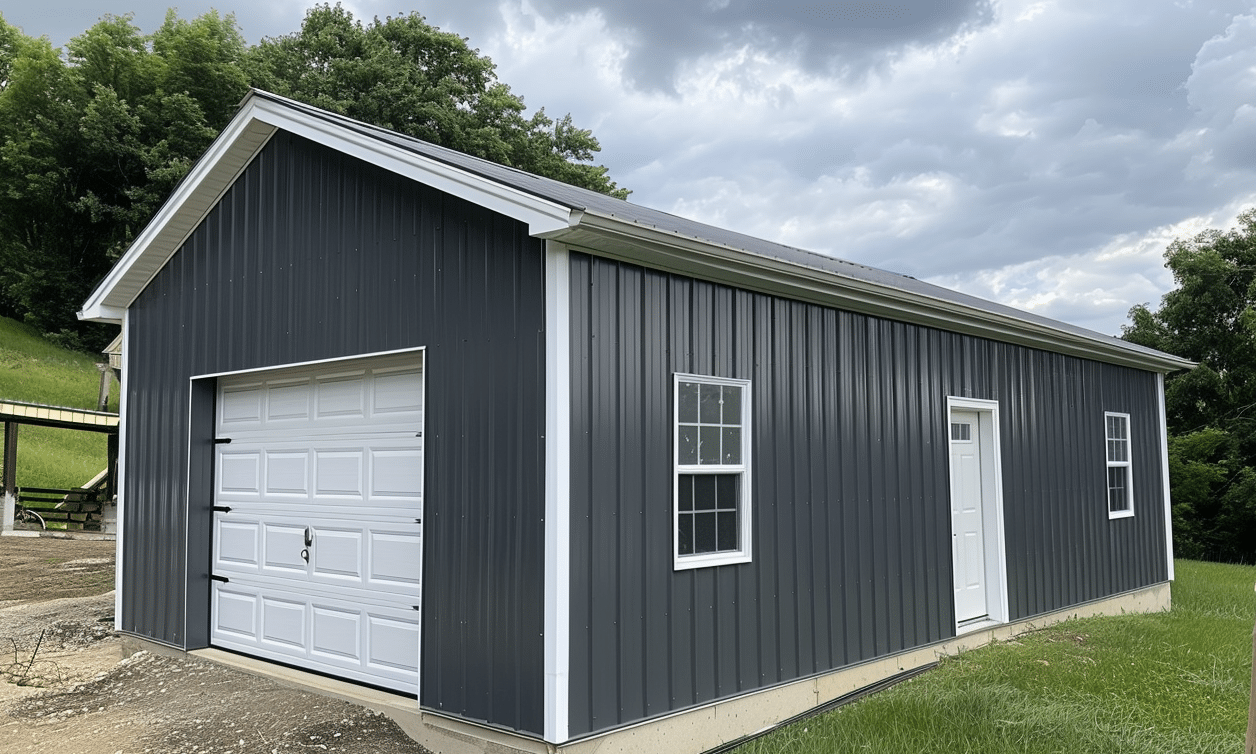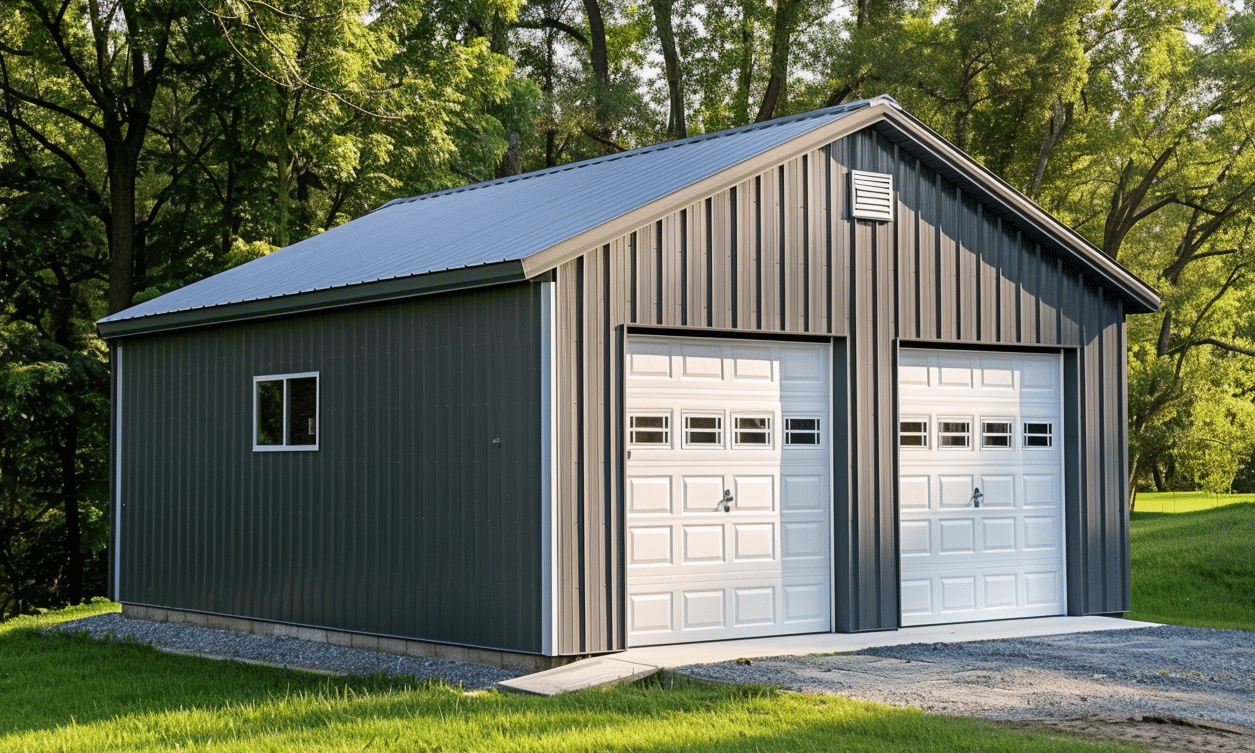In an ever-evolving world, the building industry faces its share of challenges. From economic shifts to environmental considerations, the resilience of these structures is continually put to the test. An industry’s ability to adapt and overcome adversity showcases its resilience and determination to forge ahead. But how does one build resilience into the very foundation of an industry? The answer lies in understanding the lessons from past challenges, embracing innovation, and setting a course toward a robust and resilient future.
Adapting to Economic and Environmental Challenges
Resilience in the building industry is multifaceted. It’s about predicting future challenges and being prepared to face them head-on. Economic downturns, for example, have historically forced companies to tighten their belts and find innovative solutions to maintain viability. In the same way, environmental challenges like climate change and natural disasters require forward-thinking solutions and materials.
For instance, the shift towards resilient building practices ensures that new structures can withstand environmental forces more effectively. These practices help not only in minimizing damage during adverse events but also in reducing recovery time and costs, ultimately supporting the industry’s economic resilience.
Innovative Approaches to Construction
A cornerstone of building industry resilience is embracing innovation in design and construction. One method that has gained popularity is modular construction, which allows for quicker assembly with less waste. Modular designs can be incorporated into various building projects, producing homes, offices, and even industrial facilities.
Additionally, the use of steel in construction has grown significantly. Compared to traditional materials, steel offers advantages in strength, flexibility, and sustainability. Products like the 20×24 steel building kit exemplify how steel structures support efficient construction processes while maintaining durability and resilience against diverse challenges.
Embracing Technological Advancements
Technological innovation also plays a critical role in building resilience. From design software that enhances the accuracy and speed of project completion to sustainability technologies in energy management, the building industry continually evolves by adopting new technologies. These advancements allow for more efficient project management, better resource allocation, and a reduction in environmental footprints.
Building resilience is, therefore, not only about physical strength but also about smart planning and execution. Resilient Building Practices incorporate both technological and practical elements, ensuring that structures are adaptable to various environmental scenarios while optimizing long-term sustainability.
Integrated Urban Development
Looking beyond the individual building, the resilience of urban areas is crucial in ensuring the long-term sustainability of communities. Urban development trends propose integrated approaches to city planning, focusing on enhancing public spaces, improving transport networks, and promoting green initiatives. Through strategic urban planning, infrastructure can withstand economic disruptions and environmental challenges more effectively.
Integrating efficient transportation, renewable energy sources, and eco-friendly public spaces can significantly boost any region’s resilience. The overall sustainability of cities rests on balancing growth with environmental stewardship, making resilience a crucial aspect of urban development agendas.

Lessons Learned from Past Challenges
Reflecting on past challenges, the building industry has learned invaluable lessons that guide future practices. Economic recessions taught us the importance of financial preparedness and strategic resource management. Meanwhile, environmental events revealed the need for structures that can adapt quickly to adverse conditions, paving the way for innovative materials and designs.
By maintaining a focus on sustainability and innovation, resilient building practices ensure that future structures will not only meet the immediate needs of occupants but will also be prepared to face the uncertainties that lie ahead. The rise in resilient infrastructures can, in part, be attributed to the strategic efforts made by government agencies, such as Infrastructure Canada – Building Industry Resilience, which provide guidance and support for adopting sustainable construction methods.
Future-Proofing the Building Industry
The goal of industry resilience is to create structures that transcend time, offering stability and support to communities nationwide. This process involves a blend of innovative practices and long-standing principles that prioritize safety, sustainability, and adaptability.
For example, steel garages, like the ones in British Columbia, exemplify sustainable use of materials and adaptability to multiple developmental needs—offering functional spaces that cater to residential, commercial, and industrial uses. These designs illustrate how modular construction can be quickly and flexibly adjusted to different purposes without sacrificing durability or environmental responsibility.


A Roadmap to Resilience
As we consider the road ahead, resilience in the building industry is more critical than ever. By embedding resilience into every aspect of construction—from materials and technology to urban planning and infrastructure—we lay the groundwork for an adaptive industry that thrives under pressure.
Rather than simply reacting to changes, the industry must anticipate future scenarios, preparing for uncertainties while remaining committed to sustainable practices. As environmental and economic landscapes continue to evolve, resilient strategies will guide the building industry toward a future where adaptability and strength are paramount.
In summary, building industry resilience is about mastering the art of balance—where strength meets flexibility, and innovation meets tradition. Through embracing lessons from past challenges and adapting to new methodologies, the industry not only survives but thrives, ensuring a sustainable future for generations to come.










